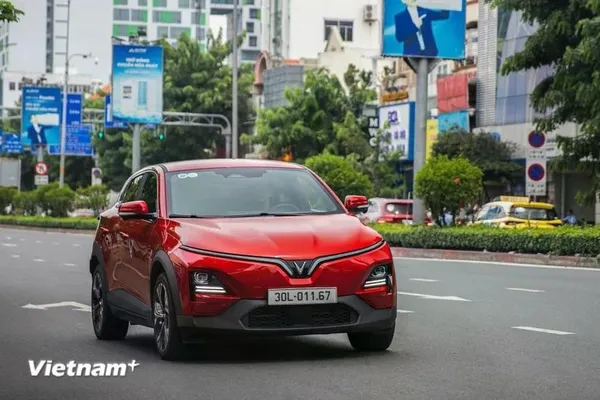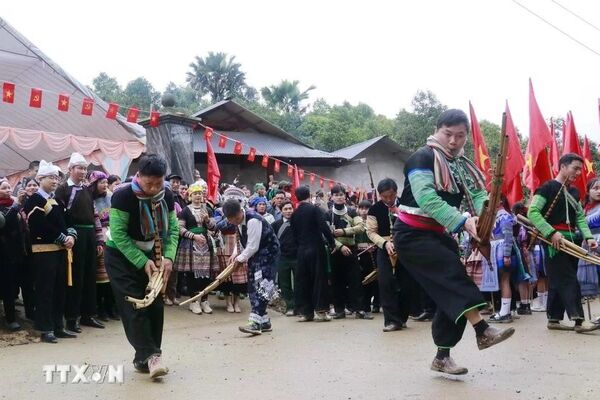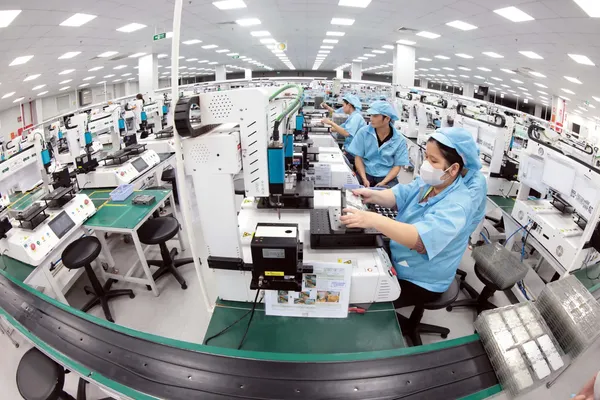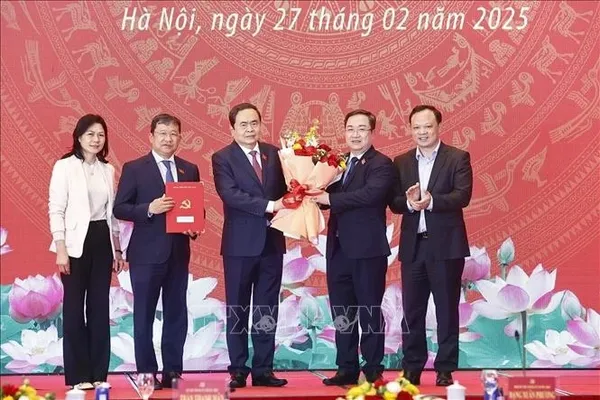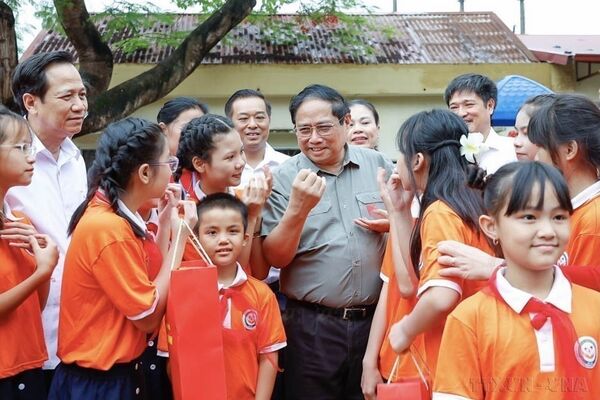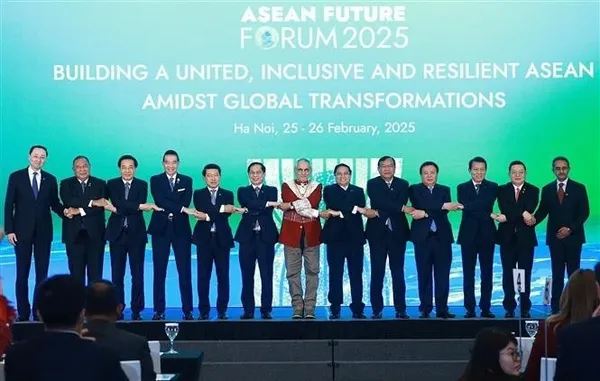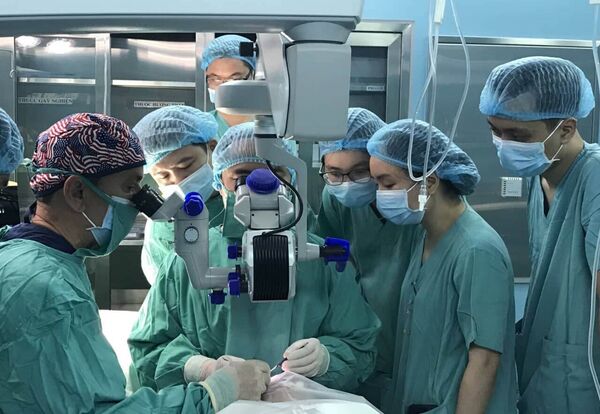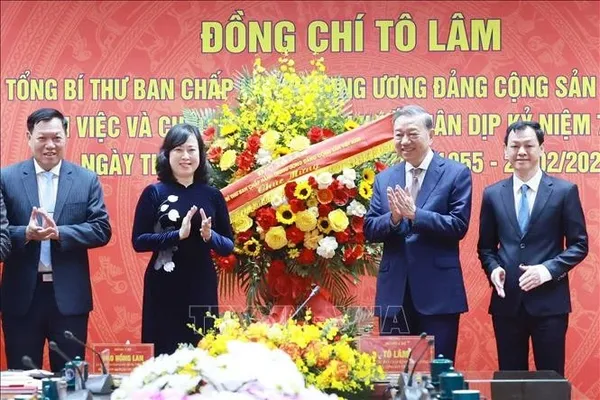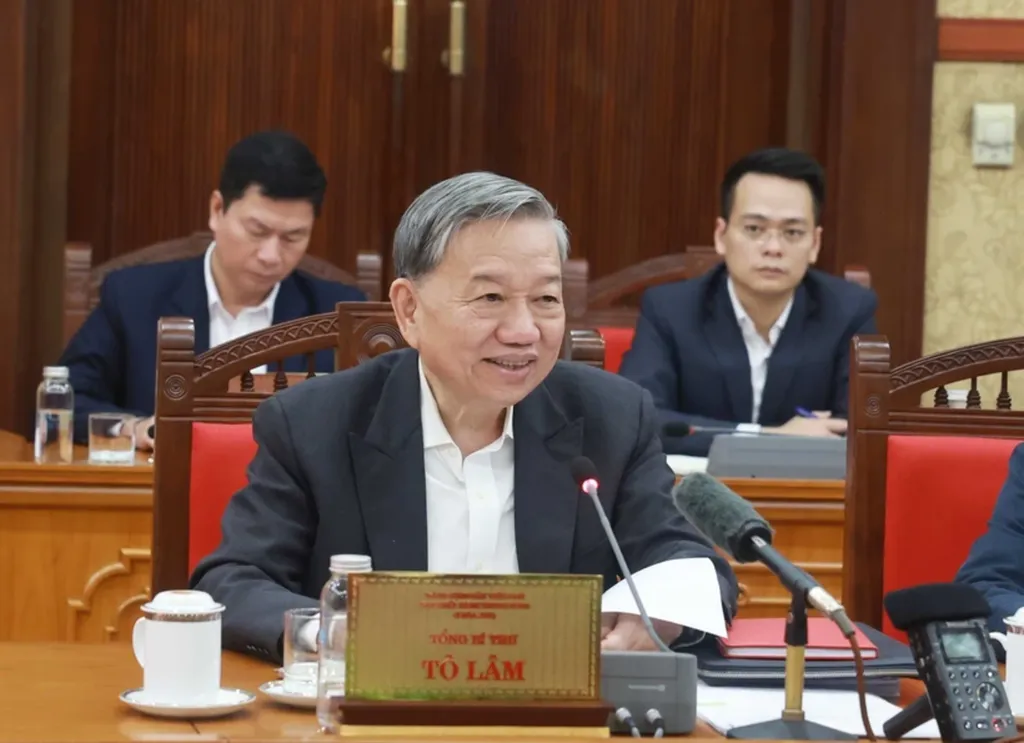 |
| Party General Secretary To Lam addresses the meeting (Photo: VNA) |
Hanoi (VNA) – The Central Steering Committee for the Development of Science, Technology, Innovation and Digital Transformation held its second meeting in Hanoi on March 4 under the chair of Party General Secretary To Lam.
More than a month after the first meeting on January 20, the Steering Committee has made significant progress. The support team and the National Advisory Council have been established, while Resolution No. 193/2025/NQ-QH15 has been issued, introducing 12 pilot mechanisms and policies to institutionalise Resolution No. 57, dated on December 22, 2024 by the Politburo on breakthroughs in science and technology development, innovation, and national digital transformation. These measures allow the immediate implementation of key initiatives without waiting for parliamentary approval of new laws.
Digital transformation within Party agencies has also seen initial positive changes. The implementation of Project 06 has delivered tangible benefits in governance and public services, laying the foundation for the establishment of a National Data Center. Efforts to streamline administrative procedures and enhance public services have shown notable improvements, attracting attention and feedback from the public.
General Secretary To Lam praised the efforts of the Party Committees of the Government, the National Assembly, the Vietnam Fatherland Front, and other key Party agencies. However, he also pointed out existing challenges that must be addressed to prevent them from becoming bottlenecks.
He said that slow progress has been seen in leadership, direction, mindset renovation, and political determination, particularly at the senior level, where leaders have not yet fully engaged with digital technologies and applications. Institutional frameworks and policies remain incomplete and inconsistent. Although the National Assembly has passed Resolution 193, certain critical issues outlined in Resolution 57 have yet to be resolved.
A shortage of skilled human resources, particularly high-quality talent, poses a significant risk of stagnation. Infrastructure investment, including internet connectivity, 5G networks, and data centres, remains insufficient, while emerging technologies such as artificial intelligence and big data have not received adequate attention. The pace of digital transformation in government agencies and the quality of public services are still limited, particularly in digitising and restructuring operational processes to fit the digital environment.
The Party chief stressed the need for bold action in adopting and deploying science, technology, and innovation to improve governance and services for businesses and citizens.
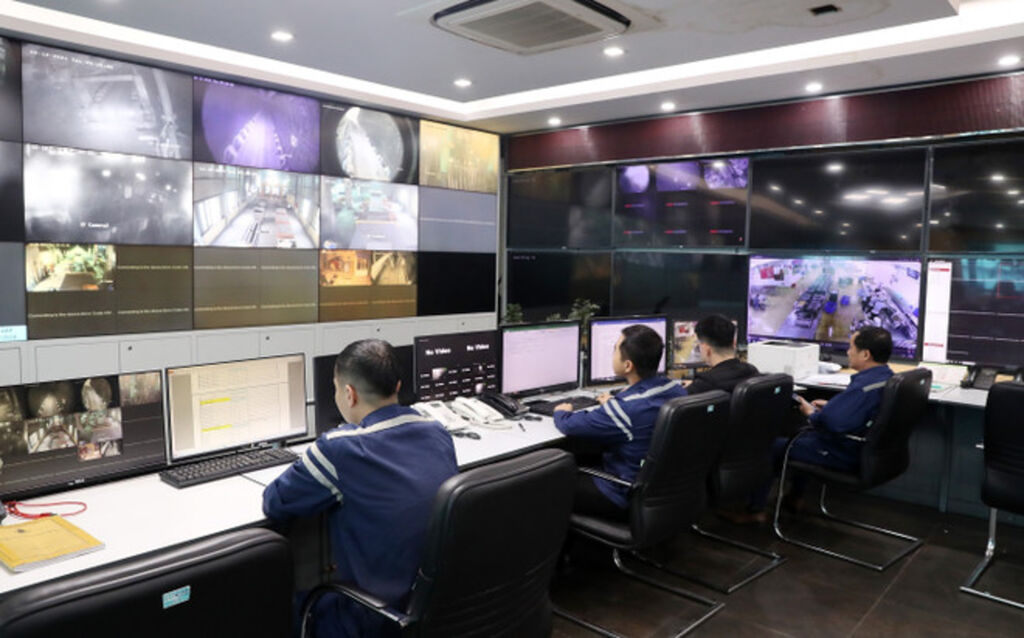 |
| Digital transformation is currently one of Vietnam's top priorities. Mining operations at Vang Danh Coal Company - Vinacomin are managed through a command centre applying digital technology (Photo: VNA) |
General Secretary Lam undelined that 2025 marks the initial phase, setting the directions and roadmaps, and implement specific policies to concretise Resolution 57, thereby laying a foundation for solid and comprehensive development in the years to come.
Pointing to key tasks for the near future, he stressed the importance of linking the implementation of Resolution 57 with the ongoing execution of Resolution 18, aiming to streamline the political system's organisational apparatus from central to grassroots levels in combination with the application of science, technology, innovation, and digital transformation. This will ensure synchronised operations across all three government levels - central, provincial, and communal, he stated.
The Party chief highlighted that the completion of institutional frameworks, mechanisms, and policies, as well as ensuring the necessary resources and personnel to implement Resolution 57, must be carried out promptly, comprehensively, and effectively, with completion required within the second quarter of 2025.
"This process will not only establish a robust legal framework but also remove obstacles to accelerate the putting of tasks and solutions in practice," he said, adding priority will also be given to developing and finalising digital infrastructure and platforms, especially the national data centre, the national enterprise database, and the national land database, alongside promoting the development of high-tech zones and the semiconductor industry.
He asked for bold action in selecting and apply sci-tech, innovation and digital transformation products and solutions in practice, especially for those already proving effective. Pilot schemes should be implemented, with continuous refinement and evaluation before broader replication, he said.
The leader asked the standing members of the Steering Committee to focus on addressing difficulties and obstacles, as well as considering the recommendations and proposals put forward by Steering Committee members and its standing agency, with greater attention to risks that may become bottlenecks or barriers to progress.
The General Secretary also assigned responsibilities to the Party Committees of the Government and the National Assembly, the Office of the Party Central Committee, Party commissions, and members of the Steering Committee, urging them to immediately begin implementation following the meeting.
The Party leader has called on provincial and municipal Party Committees to establish steering committees for science, technology, innovation, and digital transformation, following the model of the Central Steering Committee, ensuring that local goals and tasks align with specific roadmaps and local conditions.
He urged all committee members to effectively implement their own tasks, while emphasising the role of the National Advisory Council and the support team in developing practical, results-driven action plans.
These plans must set clear goals, detailed programmes, and specific timelines, with well-defined responsibilities for each agency, organisation, and individual, he noted, stating final plans should be submitted for approval by April 2025 and regularly updated to address new developments.
He also stressed the importance of seizing opportunities for innovation and digital transformation, calling on all involved to stay responsible and creative. Turning the goals of Resolution No. 57 into concrete results, he said, would be vital to Vietnam’s future development./.
